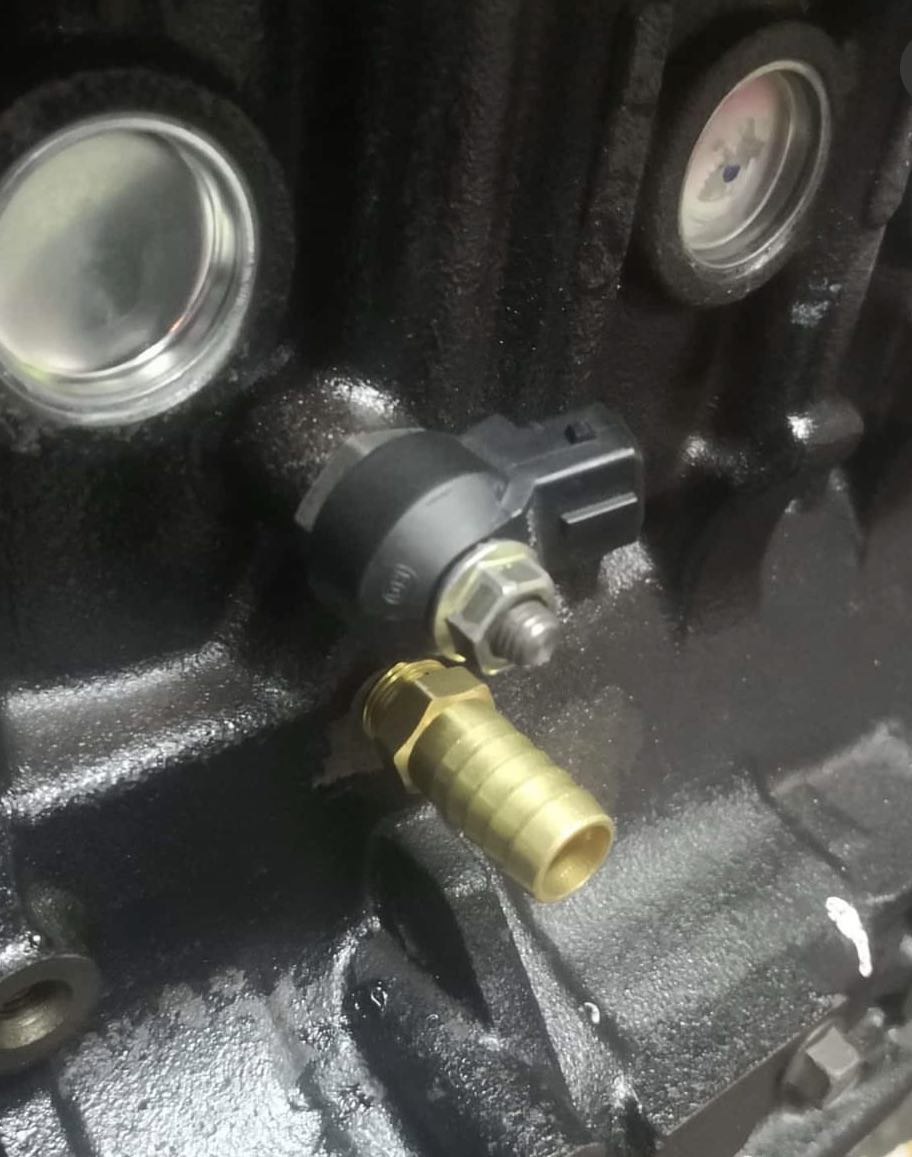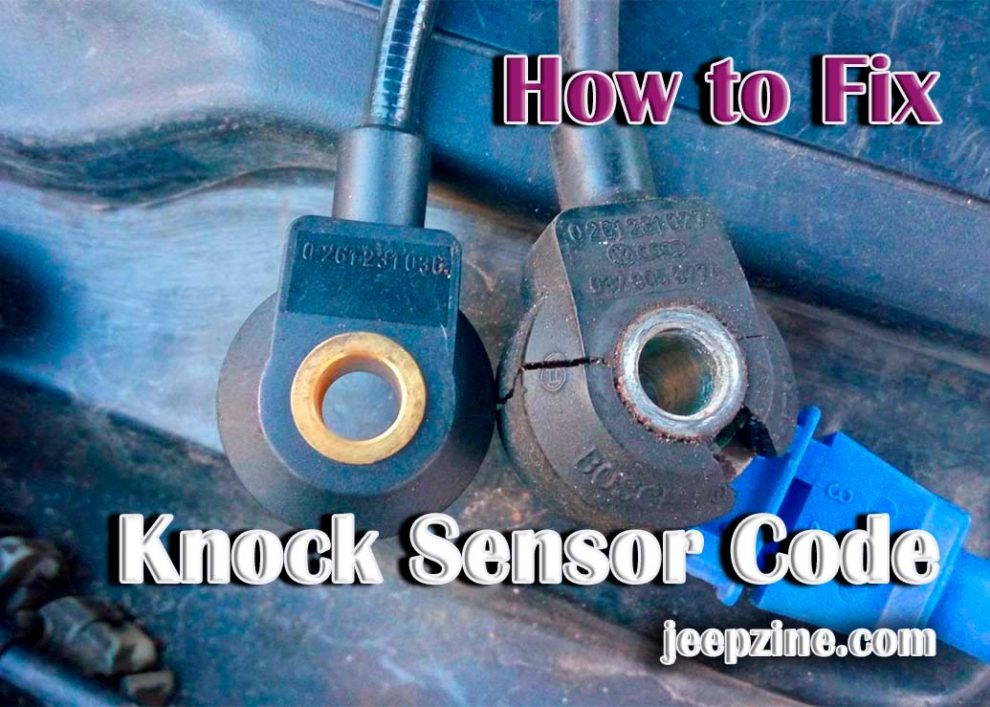If your vehicle gives you a knock sensor code, you’re likely frustrated and may wonder what caused the problem and how to fix it. A knock sensor code known as P0325 indicates something is wrong with the engine’s knock sensor or wiring. To help you better understand this issue, this article will first explain what a knock sensor is and then discuss its common causes and symptoms. After that, we’ll explore how to diagnose a faulty knock sensor and provide detailed steps on how to repair it so that your vehicle can get back on the road.
What Is a Knock Sensor?

Causes of the P0325 Code
The P0325 Code can arise due to several underlying causes within a vehicle’s engine system. One of the primary factors contributing to its malfunction is prolonged exposure to high temperatures and vibrations, which can lead to sensor degradation over time.
Additionally, the sensor’s wiring and connections might become damaged, corroded, or disconnected, disrupting the accurate transmission of signals. Poor fuel quality or incorrect fuel-to-air ratios can trigger abnormal engine combustion, causing false signals to be picked up by the knock sensor. Sometimes, early failures can be caused by manufacturing defects or poor quality control during the sensor’s production. Regular maintenance and periodic checks can help identify and address these causes before they lead to significant engine performance issues related to a faulty knock sensor.
Symptoms of a Faulty Knock Sensor
A faulty knock sensor can lead to various issues in your vehicle. Here are some common symptoms that may indicate a problem with the knock sensor:
-
Engine misfires, hesitation, or loss of power during acceleration: If the engine is not running smoothly and experiences frequent misfires or hesitation when you step on the gas pedal, it could be due to a faulty knock sensor. The knock sensor’s primary function is to detect abnormal vibrations and relay this information to the engine control unit (ECU) for precise timing adjustments. When it detects an issue with the sensor’s functionality, it triggers the check engine light as a warning.
-
Increased fuel consumption: A malfunctioning knock sensor can disrupt proper combustion timing in your engine. The inefficient combustion of fuel and subsequent increase in fuel consumption are direct results of this issue. If you make frequent trips to the gas station without any obvious reason, it could be worth checking your knock sensor.
-
Abnormal noise from the engine: The knock sensor detects abnormal sounds such as pinging, knocking, and slapping from the engine. When it fails to detect these instances accurately, the engine is exposed to higher combustion pressures that can lead to a loud knocking sound.
-
Illuminated check engine light: The check engine light will illuminate when the knock sensor or its wiring is damaged. It is usually accompanied by a code such as P0325, indicating an issue with the knock sensor.
If any of these symptoms are present, it is recommended to have a skilled mechanic examine your vehicle. They possess the expertise to accurately identify the problem and assess whether the knock sensor requires repair or replacement.
Diagnosing a Knock Sensor Problem
When the P0325 code is triggered, diagnosing the issue quickly and accurately is important. Start with a visual inspection of the unit and its wiring connections. A scan tool connected to your vehicle’s onboard diagnostics system (OBD) can provide helpful information about the error code and components that may be affected. Listening to abnormal sounds from the engine while running can also shed light on the true source of your vehicle’s issues. If all else fails, there may be a need to physically remove the knock sensor for further inspection or testing in a workshop setting.
How to Fix Knock Sensor Code
If you’re faced with the troublesome knock sensor code, there’s no need to worry! Here are some simple steps to help you resolve the issue and get rid of that annoying check engine light:
-
Check for any visible damage to the knock sensor or wiring.
-
Check for signs of corrosion or disconnected components.
-
Have your vehicle scanned to read and analyze codes related to the knock sensor and diagnose any issues with its functionality.
-
Replace any faulty components, such as spark plugs or fuel injectors, that could contribute to the problem.
-
Replace the knock sensor if necessary. A new knock sensor can typically be found at your local auto parts store or online for a relatively low cost.
-
Once the replacement components have been installed, resetting the ECU, and clearing any codes related to the P0325 code is important. You should disconnect the battery or use a scan tool.
-
Test drive your vehicle to ensure proper performance before returning it to regular use on the road!
Final Thoughts
The knock sensor is an essential engine system component that ensures optimal performance. A malfunctioning P0325 code can significantly impact your vehicle’s functioning, so addressing the issue immediately is essential. To properly diagnose and repair a faulty knock sensor, it’s crucial to have the necessary information about the sensor and its role in your vehicle’s engine system. Regular maintenance and periodic checks can also help prevent future knock sensor-related issues. You can confidently tackle a P0325 code and address the underlying problem with the right diagnostic and repair strategies.

